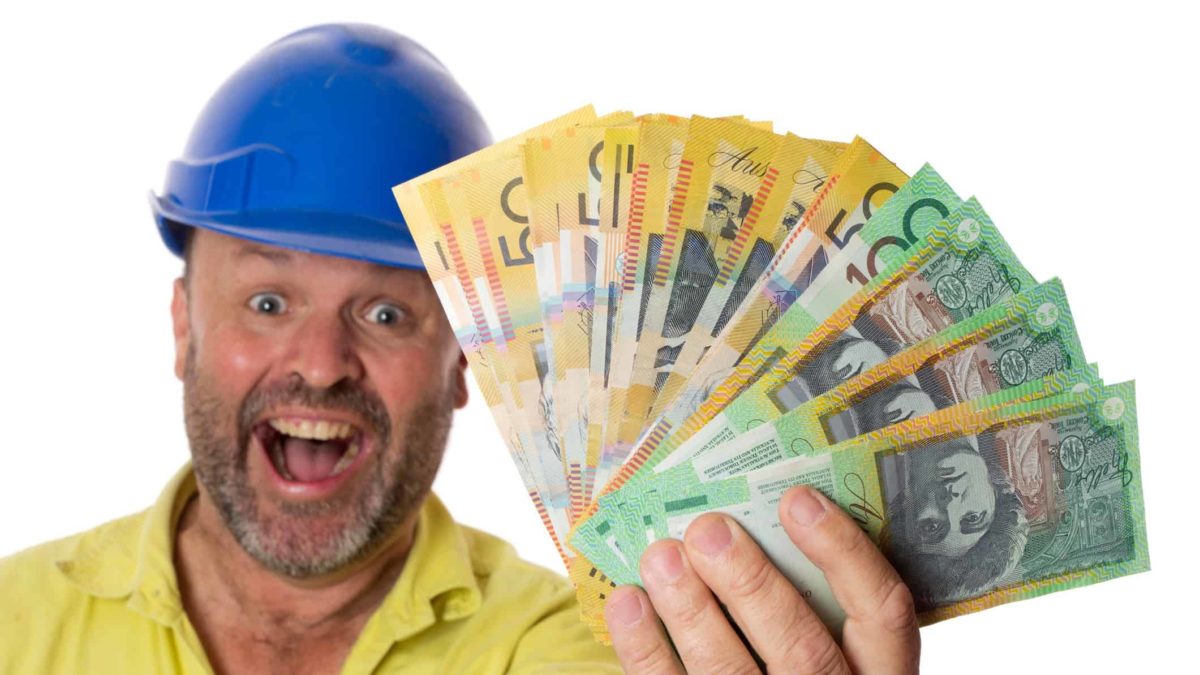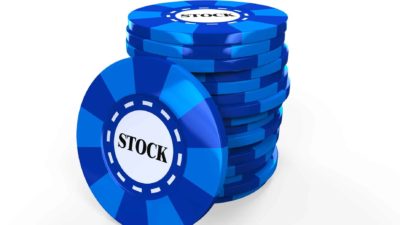The S&P/ASX 200 Index (ASX: XJO) is well known for having a plethora of strong dividend-paying shares. And the companies that dominate the ASX 200, such as the big four banks, even more so. One of those companies is BHP Group Ltd (ASX: BHP), currently the second-largest ASX 200 share by market capitalisation.
As some investors may know, the BHP share price has not had a very pleasant 3 months. Exactly 3 months ago today, the 'Big Australian' was hitting a fresh new all-time high of $54.55 a share. Today, BHP is currently trading at $36.11, a drop of more than a third of its entire market cap in just 3 months.
But when the share price of an ASX dividend share falls, it pushes up a company's dividend yield for any new investors buying the shares at the lower price. And as it stands today, BHP shares have a trailing dividend yield of 11.15%.
Does the BHP share price really offer a dividend yield of 11.15% today?
That's a number that's relatively gargantuan by dividend standards. By comparison, the highest yielding major ASX bank right now is Westpac Banking Corp (ASX: WBC), which has a yield of 5.1% on the table. What's more, BHP's dividends usually come fully franked. That means that its already-monstrous 11.15% trailing yield grosses-up to an almost-inconceivable 15.93% with the value of those full franking credits included.
So the share market is about as public and transparent an institution as you can get. All investors can see that BHP shares have this market-leading yield right now. Why isn't everyone getting on board with an investment that will pay you back your capital in less than 10 years in dividend alone?
Well, let's have a look at where this 11.15% yield comes from.
BHP's last two dividend payments were the final dividend of $2.72 per share that investors received on 21 September. And an interim dividend of 1.31 a share that was paid out back on 23 March. Those two dividends together equate to $4.03 per share over the past 12 months. Plugging that into the current BHP share price and we get the yield of 11.15%.
Dividends are never guaranteed…
But here's the thing. That yield is only based on BHP's last two dividend payments. It's not a guarantee that this company will continue to pay out cash at these levels. And investors know that those two monster dividends were funded by the record high iron ore prices that we were seeing across the first half of 2021.
Since hitting a high of roughly US$220 a tonne back in late July, iron ore has now cratered down to the current level of just under US$100 a tonne. That's a huge adjustment to have occurred over just a few months. This is the most likely reason why the BHP share price has commensurately cratered alongside it.
So put another way, investors are probably assuming that BHP won't be able to continue to fund 2021's record dividend payments now that the iron ore price has come back to earth. Hence why BHP looks like it has a stupendously high yield right now.
Whether BHP will indeed be forced to slash its dividend payments next year to reflect the far lower iron ore price of today remains to be seen. But given the BHP share price's plunge over the past 3 months, investors seem to think that the good times have passed.
At the current BHP share price, this iron ore miner has a market capitalisation of $106.03 billion.









